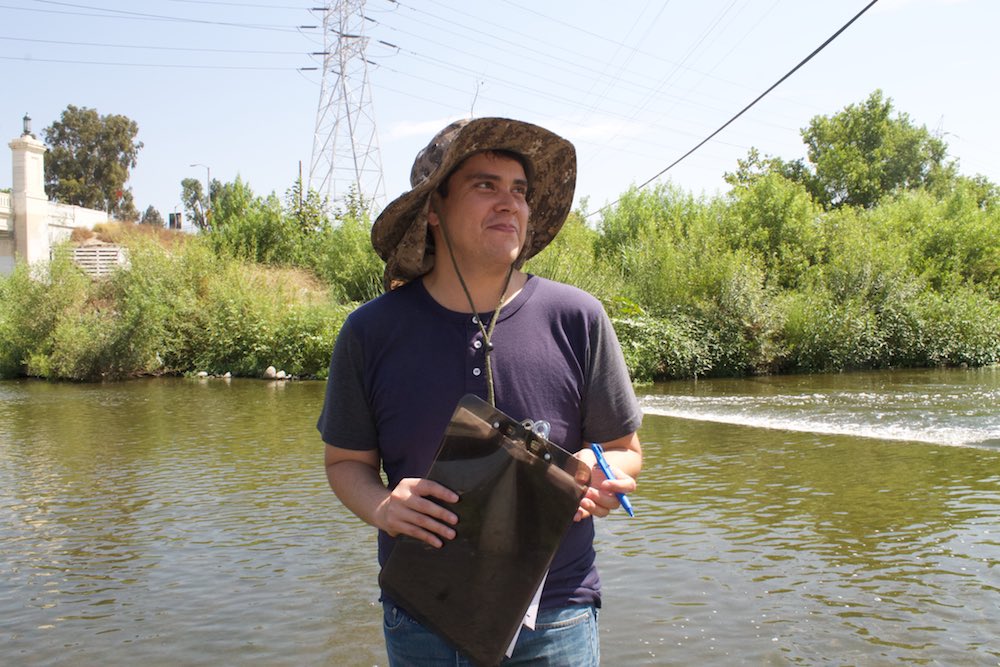Behind the Scenes: Water Quality Monitoring in the L.A. River

(Heal the Bay’s River Report Card Team – From Left to Right: John Silva, Christopher Zamora, Dr. Katherine Pease, Vanessa Granados, Yuris Delcid and Nelson Chabarria)
Revitalizing the L.A. River is one of our big goals for 2018. But what is water quality monitoring really like in this increasingly popular outdoor area? Heal the Bay’s River Report Card team, led by Dr. Katherine Pease, is responsible for bringing Angelenos the latest water quality grades from the L.A. River during the summer. The team shares their first-hand experiences below from last summer, including a behind-the-scenes video that takes YOU into the L.A. River during a monitoring trip.
River Reflections & Looking Ahead to Summer 2018
By Dr. Katherine Pease
Summer feels long over, but the memories are still fresh. This past summer marked the completion of our 3rd season of water quality monitoring at fresh water recreational areas in the Los Angeles River and our 4th season at popular swimming spots in Malibu Creek State Park.
The summer of 2017 was especially exciting because we launched our River Report Card, which grades sites based on bacterial pollution levels. We provided the public with weekly water quality information for 18 sites around L.A. County. In 2018, we will add another 9 sites in the San Gabriel River watershed as we continue to grow this program.
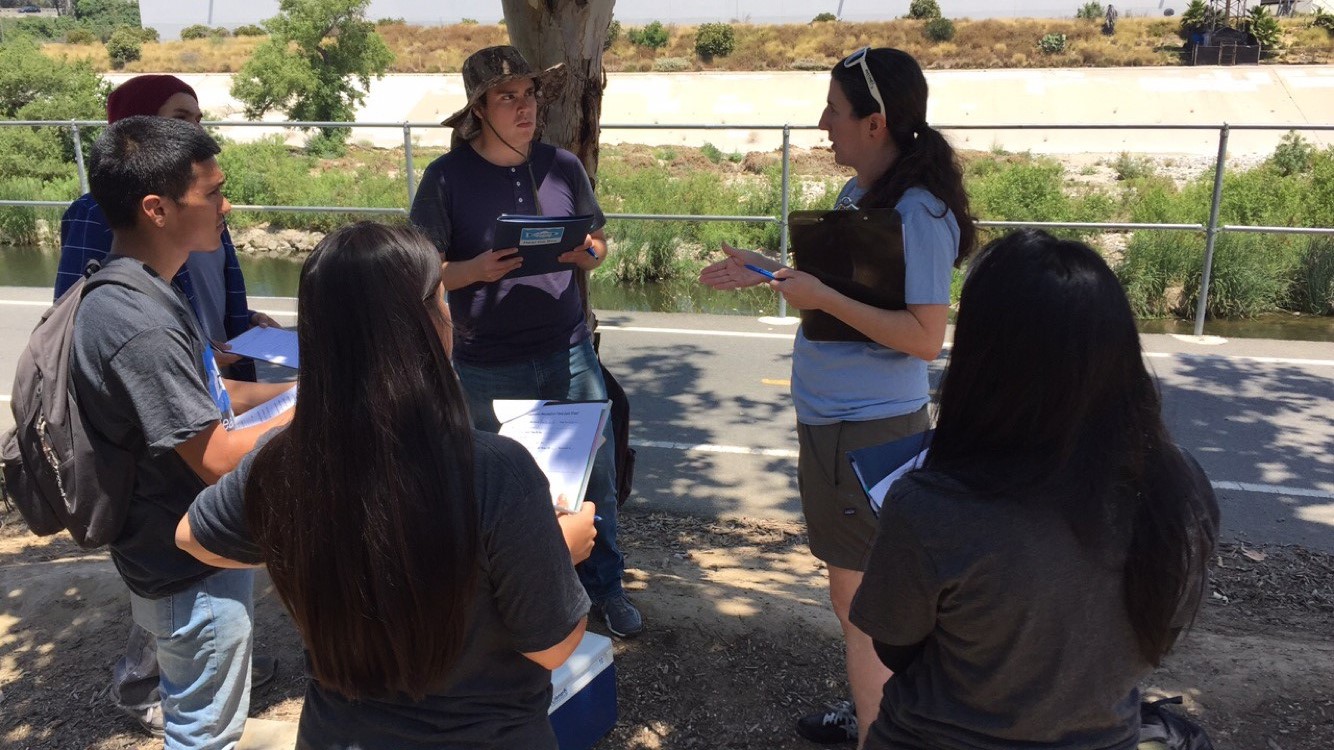
Another deeply satisfying aspect of this past summer was the involvement of local students. Through the U.S. Environmental Protection Agency’s Urban Water funding grant that we received, we were able to hire five Los Angeles Trade Technical College (LATTC) students for the summer to conduct water quality monitoring. In addition to scientific training, the team was also trained in communications (social media, blogging and outreach).
After their summer in the river, the River Report Card team created blog articles for the public and presentations for local high school students about their L.A. River monitoring project. Our goal was to engage more people in science and the environment with real-world examples and first-hand storytelling.
The culmination of months of work happened when our LATTC students presented to two Environmental Science AP classes at Thousand Oaks High School in the fall of last year.

Many of the Thousand Oaks high school students didn’t know much about the L.A. River or that you could kayak in it. The LATTC students told personal stories about their experiences in the L.A. River and how they were surprised at the number of plants and animals that call it home, how it is actually very deep in some sections (verified through an accidental kayak spill), and that pollution, both seen and unseen, unfortunately remains a major problem. Watching them present so passionately gave me a sense of excitement for our next generation of environmental leaders and problem solvers.
This year, we will be releasing a more technical wrap-up of our water quality results from summer 2017; some of the students will continue working with us on data analysis, report writing, and giving more presentations to high school students and agencies. We are sad but thrilled that one student will be leaving us to transfer to Arizona State University in January to study Geology.
As we look back on this amazing season, we share these personal stories below, written by the LATTC students on their experiences at the L.A. River. Enjoy!
Seeing the L.A. River From A Fresh Perspective
By Yuris Delcid

As a student of nursing, one of my goals has always been to help people in a positive way. When I heard about Heal the Bay, I felt I needed to join the crew.
I began my L.A. River Monitoring internship with Heal the Bay in the summer of 2017. It has taught me so much about the environment, why we need to care for the ocean, and the importance of educating the community on how to help.
One of the coolest parts of my Heal the Bay internship was envisioning how different the L.A. River could be, compared to how it appears in Hollywood movies! The L.A. River is not only concrete; it has natural wildlife living within. It’s amazing to see the L.A. River from this fresh perspective. Seeing all the different natural plants growing, birds watching me as I’m grabbing my water samples — observing rarities like an “albino fish” — I feel so much peace and this makes me love what I do when I’m there.
Monitoring the L.A. River has changed the way I think about waterways. Testing the water quality for different types of bacteria, in example; E-coli and Enterococcus, has been eye opening. At first, it was surprising to discover which spots had the highest and lowest levels of bacteria in the river. Now I have a deeper understanding of where the water comes from and where it is discharged. And this knowledge informs how we can help keep the L.A. River clean, and how to protect marine life by keeping the oceans and water free of trash and pollution. I wish more people knew about their local watersheds in this tangible way.
This internship with HtB has given me more knowledge than I expected about water quality. I take overall precautions when I want to go to the beach or kayaking in a local creek or river. The experience has also given me tools to spread awareness of how important it is to stop water pollution.
So many people can care about the environment and take action to make a difference. We can all start making some changes in life. We can simply start by pledging not to use plastic straws, use reusable water bottles and/or stop using plastic bags.
My long term goals are to graduate as a Registered Nurse and help people by caring for them when they need me the most. This internship has taught me that you can accomplish your goals with perseverance and patience. Our work with the L.A. River has taught me that advocacy can engage more people in the community in making a difference.
Finding Purpose in the Process
By Vanessa Granados

I am inspired by nature and all that it brings. When I was seeking internships in my area of study (Chemical Technology) I found that most opportunities existed within the refinery, pharmaceutical, and food industries. I have always been inclined to the environmental side.
When I heard of the opportunity with Heal the Bay, I was excited to learn it was a non-profit environmental organization. It was the perfect route for the start of my career in order to gain environmental field experience.
After three months of working in the field, I have learned many observational and technical skills. One of the greatest things I’ve learned is how to record all the information and results. This scientific process is a big factor for anyone in the technical field. It’s a skill you have to learn. Plus, you should always be ready with the evidence to prove your results and conclusions. When you’re out in the field and lab, it’s important to follow procedures and be detail-oriented, so the final results have accurate context and information.
I had the opportunity to work in the L.A. River and see the vegetation and wildlife that thrives there. Yet many people do not know about it. I’ve seen crawfish, ducks, birds, eagles, red dragonflies, fish and rabbits. It is truly amazing to observe a flock of ducks or birds swimming down the stream with their family. It sparks a sense of initiative to do more for the L.A. River, so it can continue to flourish and eventually bring back diverse species to the river.
This internship has helped me contribute, and learn more about how to help our watersheds. By understanding what’s going on in the water, you are helping to protect our environment and health. Going out every Friday during the summer, collecting water samples to bring back to the lab, and analyzing for E-Coli is one way to monitor bacteria levels in the water. We do this to inform people about what’s going on in the L.A. River, whether they are kayaking, walking, or just enjoying the scene on a morning walk. The River Report Card from this summer is available online at Heal the Bay’s website: https://healthebay.org/riverreportcard/
Find events and learn more about how to help protect our resources mindfully. https://healthebay.org/events/
A Biological Balancing Act
By John Silva
My main goal when first applying was to help clean the waterways of Los Angeles. Growing up in this city I’ve seen much the streets littered with trash and smog in the air.
I was pleased to find out how much effort Heat the Bay puts into keeping the waterways of Los Angeles clean. When coming out of high school my only knowledge of Heal the Bay was that they held beach cleanups.
We were taken to sites all along the L.A. River to collect sample of the water to test for bacteria. We were given boots to wade in the water, but one site in particular was clean enough to go into bare foot. We graded the quality, based on how great of a risk if any, it presented to recreational water use.
Storm drain monitoring was something I was completely unaware of. The location of a storm drain can determine the origin of certain outflows and helps locate suspicious activity.
Although there is much work to be done, it’s a great feeling to know we are doing all we can to make the waters safe. Overall the best part of this internship was kayaking down the River. It was an experience I will remember for a lifetime and has encouraged me to get my own kayak and explore more waterways around the world.

Photo by LA Times
During our outing, we were accompanied by an L.A. River guide who informed us of the flooding during the wet seasons and how trash accumulates along the riverbed near the dam. Plastic bags and trash could still be seen on treetops and lodged in bushes. Plastic was present at almost every testing site in the L.A. River, too. I wish people were more informed about how much trash and plastic end up in the water and ocean.
A long-term goal of mine would be to help inform people of the repercussions they have on the environment around them, animals and wildlife to be specific. One field of research I look forward to is Biological research, mainly human impact on surroundings. Through Heal the Bay, we can help reduce the amount of man-made waste and balance ecosystems to their natural homeostasis.
An Oasis in the City I Love
By Christopher Zamora

Growing up in Austin, TX I always found myself exploring the outdoors. The city is a green oasis in the middle of hot and dry Texas, surrounded by lakes and parted by the Colorado River. Camping was a ritual, hiking came naturally, and rock collecting became my obsession after visiting deep caverns in elementary school. I enjoyed all the natural landscapes the city and state had to offer. I was uncertain if I’d be able to keep these activities going when I moved to Los Angeles right before junior year of high school.
The sight of the concrete channel containing the Los Angeles River was strangely beautiful when I first glanced at it from the 4th Street Bridge, linking downtown to Angelenos east of the stream. Maybe because of Hollywood films and trending, record-breaking shows like Fear the Walking Dead, featuring the river in its gray concrete slabs. This famous view of the river, cemented and narrow, can be easily spotted in urban photography, music videos, and movies.
It wasn’t until my internship at Heal the Bay started that I began to venture into the Los Angeles River ecology and surround myself with places so unfamiliar and alien to the city.
Green, soft-bottomed, flora-and-fauna was thriving community in the middle of the city! It was so relieving to see the natural river zones. The great blue herons, blue damselflies, and western tiger swallowtail butterflies made the air seem “breathable” again. I had forgotten about the crowds and smog, and got lost in the tall greenery along the edges and center of the river.
The most prevalent color I noticed in the surrounding vegetation was a faint, dull green, very light in hue. The color belonged to a stalky cane-like plant. These tall plants dominated the area, grew in colonies, and varied in size from 3ft to 25ft in some areas. The team and I were informed by Dr. Pease that the plant, Arundo donax, was invasive and displacing the native plants.
We quickly realized the damage of the invasive species after seeing recently eradicated “arundo” stretched across the concrete bank next to the L.A River near Rattlesnake Park; looking back at the river with unfocused eyes, the dominance of the burgeoning plant really dramatized the scene.
It still surprises me how I manage to get startled by the random presence of arundo during our field work. It can be towering, and feel as if you and the river are being loomed-over together. Even the newly growing, short stalks can outnumber the group and myself. Any recreational kayaker, canoer, runner, walker, cyclist, fishermen/women, and near-stream park goers can catch a glimpse of these bad babies by just scanning the river briefly and looking for the contrasting stalky bamboo-type plant. It looks like a mass of unwanted neighbors disturbing and delaying the ambience of an upcoming thriving community. Learning about these types of issues made me aware that there is more to the health of the river than meets the eye, and it’s important to dig below the surface to learn about water quality and wildlife conditions.
The Time I Was In The Times
By Nelson Chabarria
We were in the school library – finishing up some data entry. The River Report Card had been released a week prior and we were about to refresh it with the latest test results. Weeks and hours and sunburns went into the grades, and to make them publicly available was simply gratifying. This moment felt pretty cool.
I was born and raised here. I’ve seen this “river” as I crossed the bridge to and from East L.A. I always thought of it as a ditch that divided the city. I am glad I was wrong about this. The river has its own ecosystem and interested groups that are invested in it.
I started classes in LATTC to come out of it working with some sort of water filtration or conservation leaning career. I want to be able to contribute in some way to making sure my city is smart in how it treats and uses the water we receive.
I never gave storm drains a second thought while driving. The few times they took my attention was during heavy storms where they flooded – the pooled water splashing unlucky pedestrians as cars passed. Sometimes I was unlucky. Now I am aware of its function, their contribution to the way water is handled here, and the importance of NOT contaminating streets with trash or toxic waste.
On a personal note it was great to come out and be featured in an LA Times newspaper article. I had explained the work to some family, but not all. I never expected to talk to a reporter about my background and the work I do in the river. Once the article was released it spread to people that were unaware of the work I was doing. The bombardment of questions, congratulations and support was one of the best feelings to come out of this program. I cannot thank Heal the Bay enough for making this possible.
My job was the same each week. I went out and collected samples. The next day they were read and the data was collected and posted. Even though it is the same every week, each time is always filled with new experiences. It can come from the people we meet at the river or the dynamics of our great team.
Heal the Bay’s internship program covered a wide range of public service opportunities in the water systems of Los Angeles. The idea, team and process meshed right in with what I am interested in. It is one of the main reasons why I decided on coming back into school during the summer!
Meet the Team
Heal the Bay has monitored water quality in Malibu Creek since 2014 and in the L.A. River since 2015. In the fall of 2016, we were awarded the U.S. EPA Urban Waters Grant. As a result, we have launched a unique freshwater monitoring program in partnership with a local college. Led by our very own watershed scientist Katherine Pease, we’re training five awesome Los Angeles Trade Technical College “LATTC” students to monitor the conditions in the L.A. River. We’re also working with two outstanding interns who support our Malibu Creek efforts.
Heal the Bay Staff | |
|---|---|
 | Dr. Katherine Pease Longtime Heal the Bay staffer, Katherine has extensive experience assessing the water quality and biological health of greater L.A.’s watersheds, as well as assisting stakeholder groups with policy recommendations. |
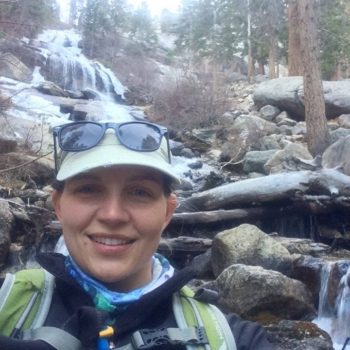 | Annelisa Moe Annelisa helps to keep L.A. water clean and safe by advocating for comprehensive and science-based water quality regulation and enforcement. Before joining the team at Heal the Bay, she worked with the Regional Water Quality Control Board. |
L.A. River Monitors (Summer 2017) | |
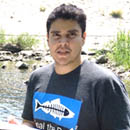 | Nelson Chabarria A native Angeleno, Nelson is obsessed with his pet pug, Goose. He is thrilled to be part of this L.A. River monitoring program. |
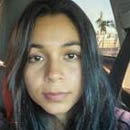 | Yuris Delcid Hailing from El Salvador, Yuris is going to LATTC to get her Associate’s Degree in Registered Nursing. Nothing is more important to her than her family (except for maybe her two cats). |
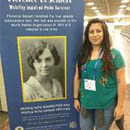 | Vanessa Granados Vanessa is attending LATTC for her Associate’s Degree in Chemical Technology. She plans to continue studying for a B.A. in Environmental Science or Agriculture, and to engage in activism for natural ecosystems. |
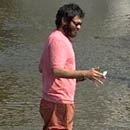 | John Silva Majoring in Biology, John is passionate about animal welfare. He strives to one day open a holistic care center for domesticated animals. |
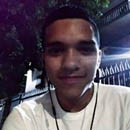 | Christopher Zamora Christopher’s concerns are global; he aspires to participate in environmental geochemical research and to one day become an activist to improve (inter)national guidelines and policies. |
LATTC Staff | |
 | Manuel Robles Manuel Robles has been the Life Sciences Laboratory Technician at LATTC since 2012. He received his Bachelor’s in Biology from Cal State Long Beach and gets to work on the coolest biology projects. |
Malibu Creek Watershed Monitors (Summer 2017) | |
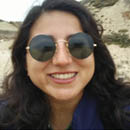 | Melissa Rojas Melissa recently graduated from UC Davis with a B.S. in Environmental Science and Management. During her time there, water became a focal point for her studies in conservation and management. |
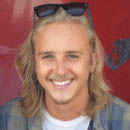 | Andrius Ruplenas Born and raised in Santa Monica, Andrius studied at Santa Monica College for two years before transferring to Northern Arizona University, where he’s currently majoring in Environmental Studies. He just returned from a semester abroad in Costa Rica, where he got the chance to explore while studying Spanish. |




